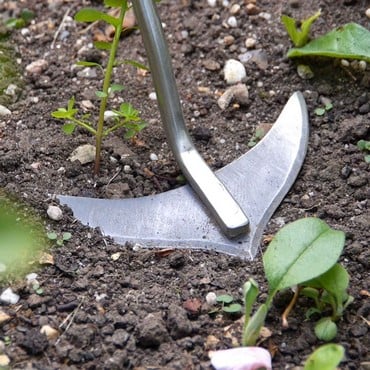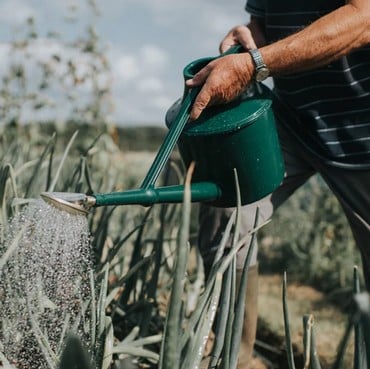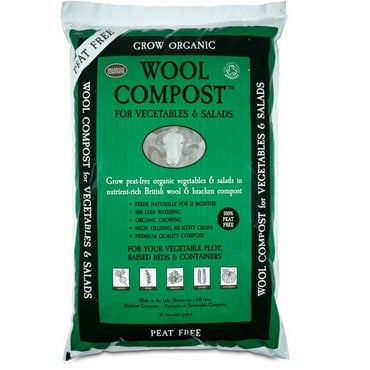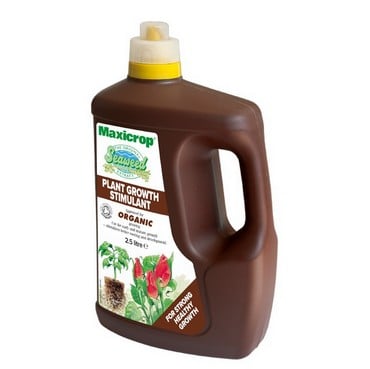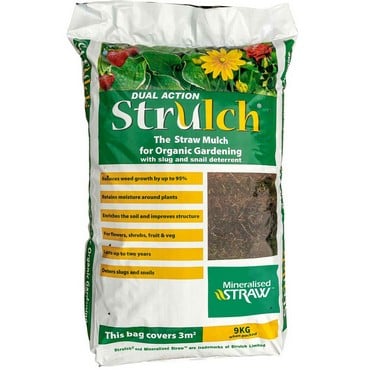Let’s talk about beetroot…
Hardy, durable and not particularly fussy, beetroot is ideal for both first-time and experienced gardeners. Traditionally a deep purple root, this versatile veggie actually comes in a variety of colours, all bringing intense earthy flavours when slow roasted or added to soups and salads. Plus, with its underlying sweetness beetroot lends well to cakes and desserts too.
Did you know? Since the 16th century, beet juice has been used as a natural red dye. Victorian ladies used beetroot as a lip colouring, blusher and as hair dye.

The growing process
Pick your varieties
Whether they are sliced raw in a salad, roasted and drizzled in a little balsamic, or made into a rich soup, homegrown beets are delicious and nutritious. Here’s a selection of some of our favourite varieties:
Pablo
A top-quality variety that produces smooth-skinned, round roots with dark red skin that tastes delicious in summer salads. Roots can be used as baby beets but also left to mature, without danger of them becoming ‘woody’.
Boltardy
One of the best known most popular varieties, ‘Boltardy’ has deep red globe-shaped roots with an excellent sweet flavour. As the name suggests, it is also bolt-resistant making it ideal for early sowings.
Chioggia
An Italian heirloom variety, Chioggia beets are named after the fishing village near Venice where they were first grown. This striking globe variety has orange-pink skins and an unusual ring formation on the inside.
Cylindra
These long, red cylindrical beets have a rich, dark red colour, sweet flavour and store well. Due to their shape, they are easier to cut into uniform slices than globe varieties. Perfect for roasting, pickling, grating into slaws, or adding to pasta or risotto to infuse them with vibrant beet colour.
Growing
Sow three seeds at 10cm spacings, 2.5cm deep, in rows 30cm apart. Continue to sow small batches at fortnightly intervals from March or April to July for a succession of tender, tasty roots. Beetroot sown from June onwards can be stored for use in winter. When the plants are about 2.5cm high, thin out if necessary to leave them 10cm apart.

Beetroot care advice
- Water every 10-14 days during prolonged dry spells, otherwise growth could be stunted. You can help preserve soil moisture by adding mulch along the row of plants.
- Weed as needed, but be gentle around young plants; beets have shallow roots that are easily disturbed.
- Being a root crop, it does best if the soil is free of large stones, and prefers light to fairly heavy soil.
Harvesting
Harvesting time for beetroot depends on the chosen variety. Round beetroots are typically ready to harvest after 8-10 weeks and should resemble the size of a golf ball. For a sweeter flavour, harvest your beets while they are still young. Cylindrical beetroots such as Cylindra and Alto can take up to 20 weeks.
To harvest, firmly grasp the area where the leaves meet the beetroot and give a firm and steady pull until the beetroot comes out of the ground. If you plan to eat the beets right away wash them thoroughly. Otherwise, store them in a dry, shaded place until the soil on them has dried. You’ll then be able to brush the soil away. Make sure to wash them right before using.
Tip: Don’t throw the beetroot tops away, they have lots of taste and can be cooked and eaten like spinach.
Other uses for your surplus harvest of beetroot
It’s bright, colourful and full of health benefits, what’s not to love about beetroot? Besides salads and slaws, beetroot can be used in an abundance of delicious dishes from creamy soup to smoky houmous.

Creamy beet soup
Beet soup isn’t just delicious, it’s also jam packed with nutrients. Simply, add onion, diced beets, parsnips and veggie broth to a large pan and allow to simmer. Transfer to a blender and mix for one minute. Garnish with coconut cream/yoghurt and serve.
Fritters
Fritters are a great way of using up raw vegetables and beetroot fritters are no exception. Roughly grate your beetroot and tip into a bowl. Squeeze out any liquid and then combine with chopped herbs, cumin, black pepper, feta and breadcrumbs. Add beaten egg to form a thick paste. Form the mixture into patties and cook in a hot pan.
Smoky houmous
Once cooked, beetroot is tender enough to be used in place of chickpeas in houmous. Add cooked beets to a processor with garlic, tahini, olive oil, paprika and lemon juice and blend until you’ve got a creamy, pink dip. Devour with bread and crudités.
Beetroot crisps
These super healthy snacks are crispy, delicious and addictive. Not to mention, they are incredibly simple to make. Put your sliced beets in a bowl and drizzle with oil. Mix thoroughly to ensure all slices are evenly coated. Cook until slices are dry and crisp. Remember to sprinkle with salt before tucking in.
Chocolate beetroot brownies
Deviate from the standard chocolate brownie and try something different by adding earthy beetroot. Melt chocolate and butter in a large pan then set aside to cool. Meanwhile, whisk together eggs, sugar and vanilla until pale. Sift over flour and cocoa powder and fold. Once combined, stir in beetroot and melted chocolate mix. Scrape into a tin and cook for 35 minutes. Eat when hot if you prefer a ‘gooey’ texture.


















